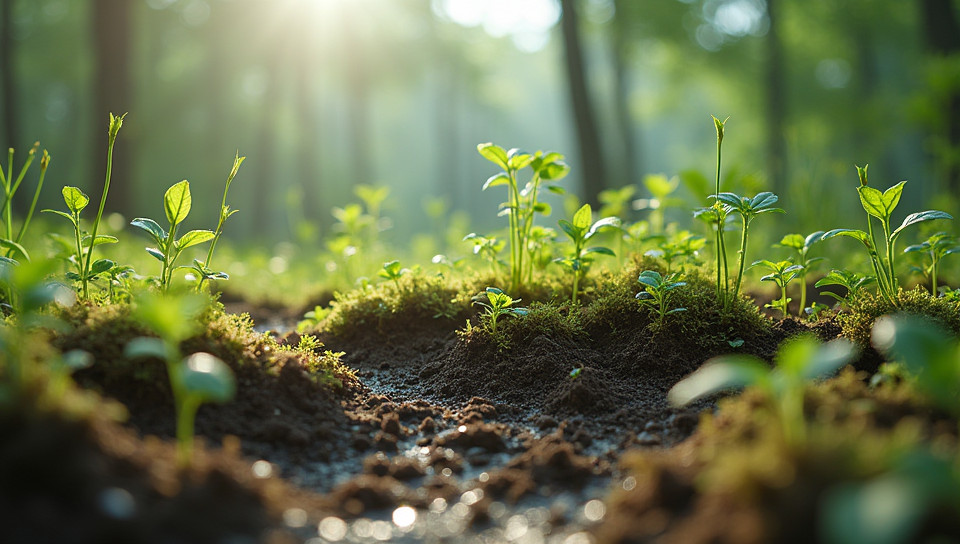Chemical additives can hinder the biodegradation process 96%

The Hidden Threat to Our Environment: How Chemical Additives Harm Biodegradation
Have you ever stopped to think about what happens to the plastics, textiles, and other synthetic materials we use every day? We often assume that they simply disappear into thin air, but in reality, they can persist in our environment for hundreds of years. This is because many of these products contain chemical additives that hinder their biodegradation process.
What is Biodegradation?
Before we dive deeper into the world of chemical additives and biodegradation, it's essential to understand what biodegradation is. Simply put, biodegradation is the process by which living organisms break down organic materials into simpler substances. This natural process is crucial for maintaining a healthy ecosystem, as it helps to recycle nutrients and reduce waste.
The Role of Chemical Additives
Chemical additives are used in a wide range of products, from plastics and textiles to cosmetics and pharmaceuticals. While they may provide various benefits, such as improved durability or stability, they can also have unintended consequences. Many chemical additives are designed to resist degradation, which means that they remain intact even when exposed to environmental stressors like sunlight, water, and microorganisms.
- Some common examples of chemical additives include:
- Phthalates: used in plastics and textiles
- Perfluorinated compounds (PFCs): used in non-stick coatings and waterproofing materials
- Bisphenol A (BPA): used in plastics and resins
- Formaldehyde-releasing agents: used in textiles and personal care products
The Impact of Chemical Additives on Biodegradation
When chemical additives are present in a product, they can prevent microorganisms from breaking it down. This is because many microorganisms rely on oxygen to degrade organic materials, but some chemical additives can consume or block oxygen. As a result, the biodegradation process comes to a halt.
The Consequences of Impeded Biodegradation
The impact of impeded biodegradation is far-reaching and has significant consequences for our environment. When synthetic materials persist in the environment, they can:
- Accumulate in ecosystems and harm wildlife
- Pollute waterways and soil
- Release toxic chemicals that contaminate the air we breathe
What Can We Do?
While it's impossible to eliminate chemical additives entirely from our lives, there are steps we can take to reduce their impact. Some strategies include:
- Choosing products made with biodegradable materials or those that use fewer chemical additives
- Recycling and composting as much as possible
- Supporting companies that prioritize sustainability and transparency
Conclusion
The presence of chemical additives in synthetic materials is a pressing concern for our environment. By understanding the role these additives play in hindering biodegradation, we can take steps to mitigate their impact. It's time for us to think more critically about the products we use and the consequences they have on our planet. Only by making conscious choices and advocating for change can we ensure a healthier future for ourselves and generations to come.
- Created by: Ane Ramírez
- Created at: Dec. 21, 2024, 4:01 p.m.
- ID: 16987




